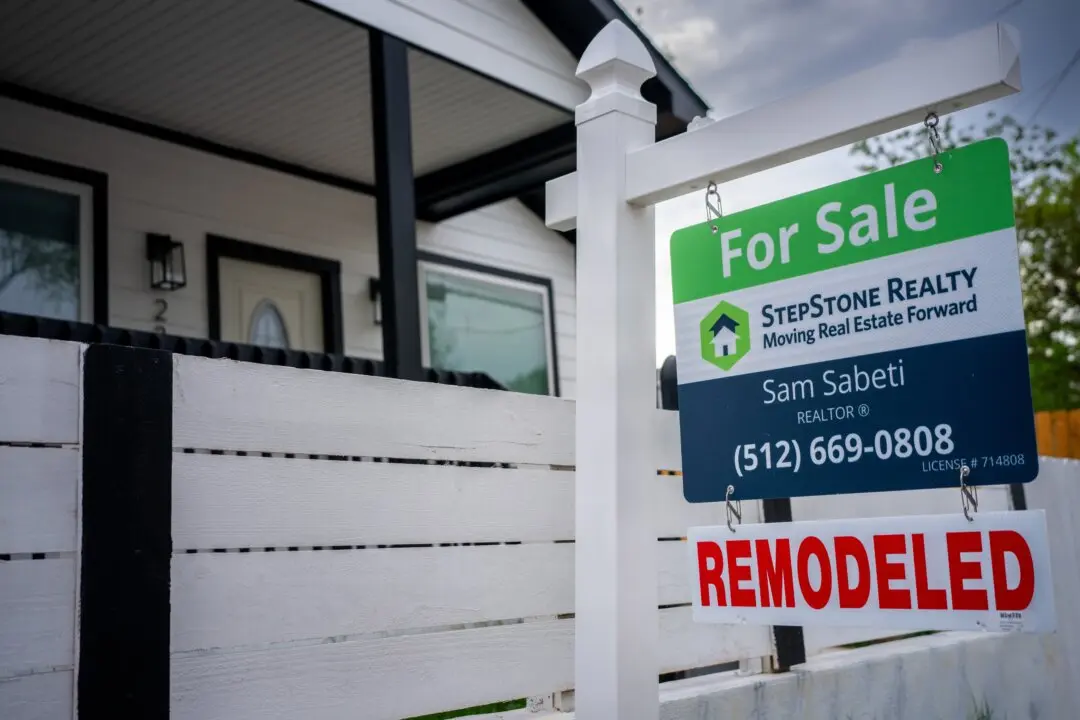Median household income rose by nearly 7 percent in 2019 from the year before, the Census Bureau reported on Sept. 15. That makes the median the highest in the bureau’s data going back to 1968, adjusted for inflation.
Of all American households, the one with the income right in the middle of the spectrum earned nearly $69,000 in 2019, up from more than $64,000 the year before.





